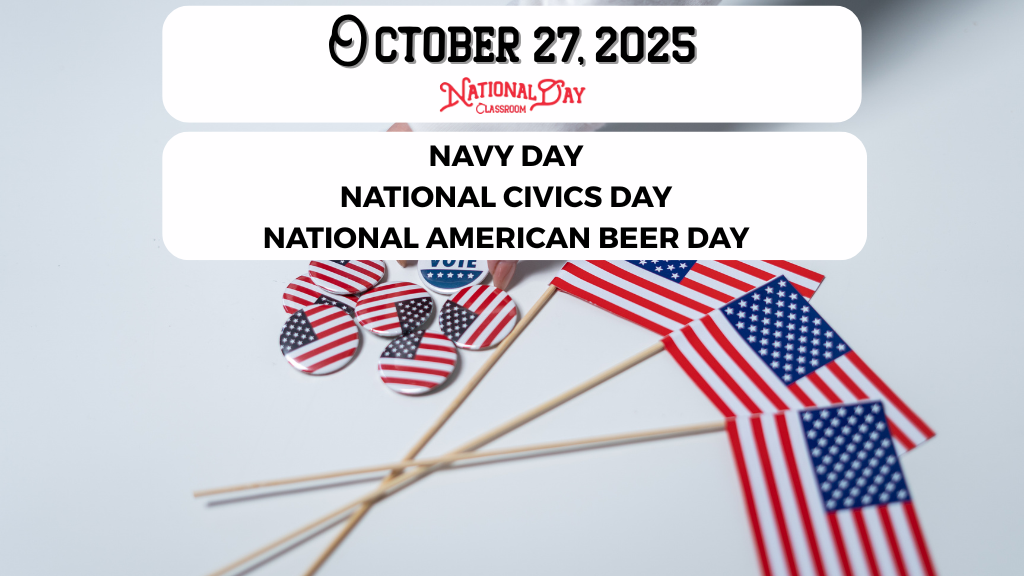
🏛️ The Call to Civic Action
Target Audience: Middle or High School (Adaptations for Elementary are noted)
Time Allotment: 45-60 minutes
Learning Objectives
Students will be able to:
- Define civics, civic engagement, and their importance in a democracy.
- Identify a foundational document of American civics (e.g., The Federalist Papers, Constitution, or Bill of Rights).
- Propose a local action they can take to be a more engaged citizen.
Section 1: Engage & Introduce (10 minutes)
- Warm-up: Ask students to free-write or discuss: “What does it mean to be a good citizen in your school, community, or country?”
- Elementary Adaptation: Use a T-chart to list “Good Citizen Actions” vs. “Not Good Citizen Actions” in the classroom or playground.
- Mini-Lecture/Discussion: Introduce National Civics Day (October 27th) and its historical tie to the first publication of The Federalist Papers. Explain that these papers argued for the U.S. Constitution and were an act of civic discourse—persuading citizens to participate in their new government.
- Key Vocabulary: Define Civics (the study of the rights and duties of citizenship) and Civic Engagement (working to make a difference in the public life of one’s community).
Section 2: Explore & Analyze (25-30 minutes)
- Activity: Foundational Document Snapshot
- Divide students into small groups.
- Assign each group one of the following “civics snapshots” to quickly read and discuss:
- High School: Excerpts from The Federalist Papers (e.g., Federalist No. 10 on factions or Federalist No. 51 on checks and balances).
- Middle School: A section of the Preamble to the Constitution or an Amendment from the Bill of Rights (e.g., the 1st or 19th Amendment).
- Elementary: The Pledge of Allegiance or a simple explanation of the three branches of government.
- Ask each group to answer:
- What is the main idea of this section?
- How does this document/idea relate to your life today? (e.g., freedom of speech, local representative, etc.)
- Have each group quickly present their document and its modern relevance to the class.
Section 3: Extend & Act (10-15 minutes)
- Individual/Group Brainstorm: “My Civic Action Plan”
- Prompt students to think about a problem or issue they see in their school or local community (e.g., litter, lack of a club, need for a bike rack, a local ordinance).
- Using the concept of civic engagement, have them draft a simple, achievable action plan:
- Identify the Issue: What needs to be fixed or improved?
- Identify the Stakeholder: Who needs to hear about this? (e.g., principal, city council, school board).
- Propose a Civic Action: What specific, small step will you take? (e.g., write a letter, start a petition, organize a cleanup, research a policy).
- Wrap-up: Ask a few volunteers to share their planned civic action. Emphasize that civic engagement isn’t just about voting; it’s about making your voice heard and taking action for the common good at any age.
Assessment
- Collect the “My Civic Action Plan” for a quick check of understanding of civic engagement.
- Observe participation in the group discussion and document analysis.
Download the Lesson Plan Outline here.